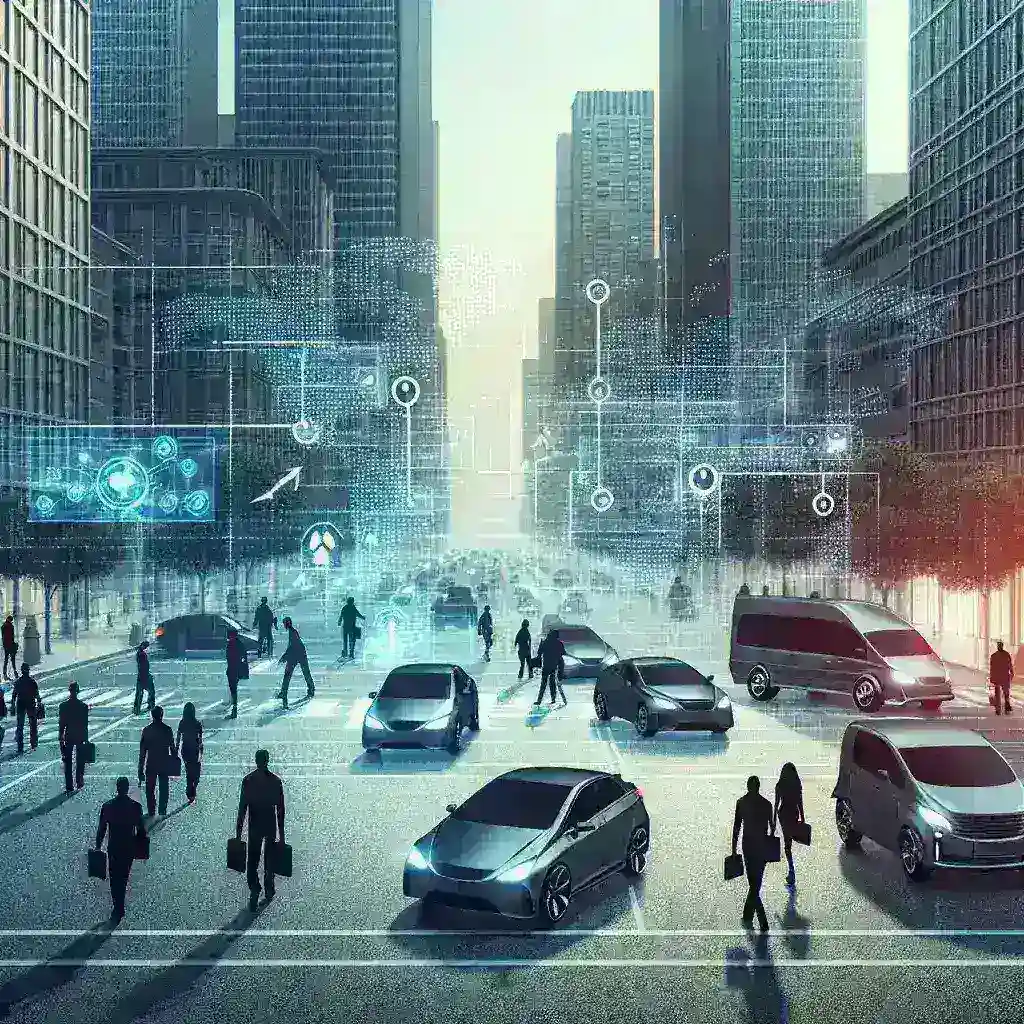Introduction
In the ever-evolving landscape of urban transportation, Uber stands at the forefront of innovation, continuously exploring new technologies to improve the rider experience. Recently, the company has started testing AI-driven ride pooling features in two major cities: New York and Chicago. This initiative marks a significant milestone in the ride-sharing industry, aiming to enhance efficiency, reduce traffic congestion, and promote sustainable urban mobility.
The Concept of AI Ride Pooling
Ride pooling, also known as carpooling, allows multiple passengers going in the same direction to share a ride, thereby minimizing the number of vehicles on the road. With the integration of artificial intelligence, Uber seeks to optimize this process, making it smarter and more efficient. But what does this mean for riders in New York and Chicago?
How AI Enhances Ride Pooling
- Dynamic Routing: AI algorithms analyze real-time traffic patterns and rider locations to determine the most efficient routes.
- Passenger Matching: Advanced machine learning models match riders with similar destinations, reducing wait times and enhancing the overall experience.
- Cost-Effectiveness: By pooling rides, passengers can save money, as costs are shared among multiple riders.
- Environmental Impact: Fewer cars on the road lead to lower carbon emissions, contributing to a greener city.
A Historical Perspective
Ride pooling isn’t a new concept. Historically, it has been used in various forms, from informal carpooling arrangements to organized ride-share programs. However, the introduction of technology has revolutionized how carpooling is structured. With the rising concerns about traffic congestion and environmental sustainability, the demand for efficient ride-sharing solutions has never been higher.
The Rise of AI in Transportation
The integration of AI into transportation systems is a growing trend, with applications ranging from autonomous vehicles to smart traffic management. Companies like Uber are leveraging AI to not only enhance user experience but also to create a more sustainable urban transport network.
Current Testing Phases in New York and Chicago
As Uber rolls out its AI ride pooling features in New York and Chicago, the testing phase is crucial for gathering user feedback and making necessary adjustments. Riders in both cities have the opportunity to participate in this pilot program, providing insights that will help shape the future of ride pooling.
New York: A Melting Pot of Opportunities
In New York City, a bustling metropolis known for its traffic challenges, the demand for efficient transportation solutions is critical. The AI ride pooling feature aims to ease congestion in high-traffic areas such as Manhattan, where traditional ride-sharing often leads to bottlenecks.
Chicago: The Urban Lab
Chicago’s diverse neighborhoods present unique challenges and opportunities for AI ride pooling. The city’s layout and public transport infrastructure offer a perfect testing ground for Uber’s innovations, allowing for tailored solutions that cater to the needs of its residents.
Potential Benefits of AI Ride Pooling
The implementation of AI in ride pooling could bring about several benefits:
- Reduced Wait Times: With smarter routing and matching, riders can expect shorter wait times, enhancing overall satisfaction.
- Lower Costs: Shared costs mean more affordable rides for passengers, making ride-sharing accessible to a broader audience.
- Less Traffic Congestion: By encouraging more people to share rides, cities can experience reduced traffic congestion, leading to smoother commutes.
- Improved Air Quality: Fewer vehicles on the road can lead to a significant decrease in emissions, contributing to better air quality in urban areas.
Challenges Ahead
While the potential benefits are significant, there are also challenges that Uber must address:
- User Acceptance: Convincing riders to adopt ride pooling can be a challenge, especially if they prioritize convenience over cost savings.
- Data Privacy Concerns: As with any AI-driven system, there are concerns regarding user data and privacy that need to be addressed.
- Logistical Issues: Coordinating multiple passengers and routes can present logistical challenges that require constant refinement.
The Future of AI Ride Pooling
As Uber continues testing its AI ride pooling features, the implications for the future of urban transportation are profound. Success in New York and Chicago could pave the way for broader implementation across other cities, revolutionizing how we think about ride-sharing.
Expert Insights
Experts in transportation and urban planning are closely observing this initiative. According to Dr. Jane Smith, a transportation analyst, “If successful, Uber’s AI ride pooling could serve as a model for future urban mobility solutions, fostering not only convenience but also sustainability.”
Conclusion
Uber’s venture into AI ride pooling features in New York and Chicago represents a pivotal moment in the ride-sharing industry. By harnessing the power of artificial intelligence, the company aims to transform urban transportation, promoting efficiency and sustainability. As the pilot program progresses, it will be fascinating to see how riders embrace these changes and what the long-term impacts will be on urban mobility.
In a world where technology is rapidly changing the way we interact with our environment, Uber’s innovative approach could set a new standard for the future of transportation.



